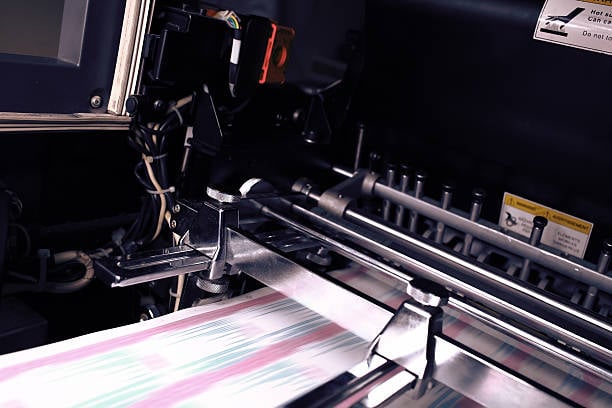Most of us have similar questions while printing. How to avoid issues is essential thing.
First, the primary issue is designed. Many designers lack professionalism and even have limited knowledge of printing, which causes them to create products that are aesthetically pleasing but challenging to produce. For instance, the designer might turn the black into C M Y 100% of the field and overprint anti-white to print, resulting in a good-looking black color, but what about printing? With such a large amount of ink, especially on such thin paper, control is difficult. It is challenging to maintain the proper balance of water and ink because of the amount of ink.
Second, incorrect operator action is what caused the color disparity. Printing in spot color should be used for the demanding color. If the size cannot be altered, it should instead use a large font or picture lines.
Thirdly, after the document has been changed, proof should be created. It is preferable to utilize a traditional sample if the color requirement is extremely high. Making a paper proof in the final product's paper might initially prevent color differences, especially for brand-new clients. Consider a digital example.
Yes, of course. Even so, it performs worse than the conventional sample. Additionally, the manufacturer must produce digital proofing, and the majority of manufacturers have CTP. The specifications for both digital and printing equipment should be uniform. The printing color can be 90% accurate in this approach. Unfortunately, not all CTP printers make the printing machine and digital machine parameters the same.
The arrangement process should be reasonable in the end. It should examine the project order and set up the process before organizing the order.
The need for printers is diminishing in modern times as a result of the advancement of printing technology. Many operators struggle to properly regulate color. Before figuring out how much water and ink to use, they simply print some goods that resemble the sample. As a result, there is a color variance throughout the entire printing process.

